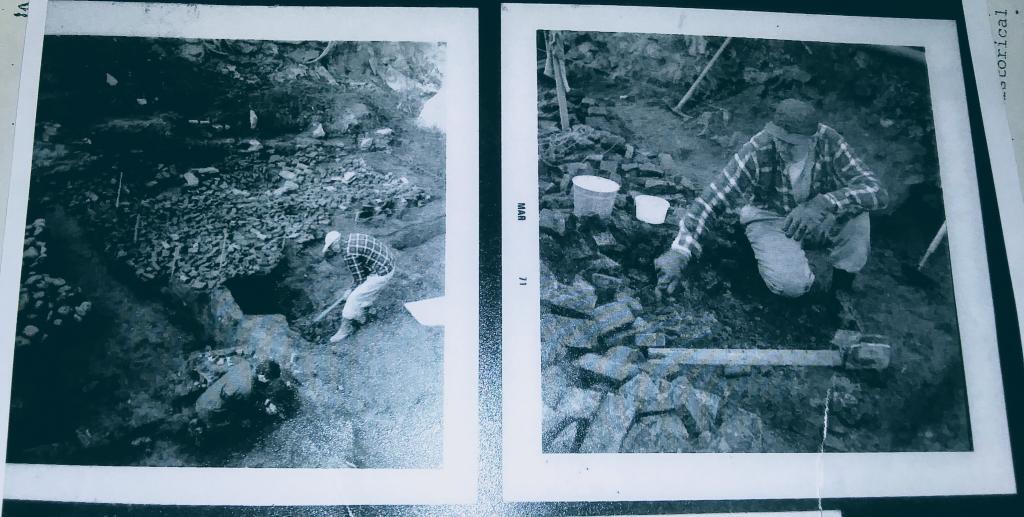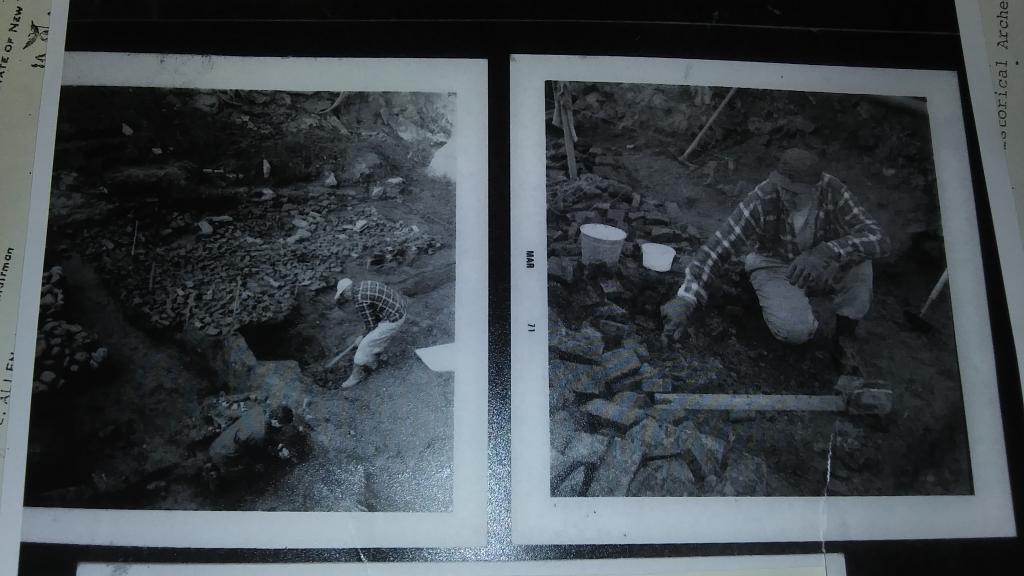I-787
Fort Disney on the Hudson | News | troyrecord.com
The state and city blew it once before when Fort Orange was rediscovered in 1968 by historian John Wolcott. Wolcott had pinpointed the site on a 1790 map drawn by Simeon Dewitt, a meticulous Albany surveyor.
Wolcott submitted his map to a Department of Transportation official and Paul Huey, an archeologist who later oversaw the Fort Orange excavations.
Wolcott's map helped Huey convince DOT to allow excavations, although DOT confined them to a small wedge of property.
Excavations occurred from September 1970 to March 1971. About 10 percent of the entire fort was excavated, according to a map published by Huey in the Dutch journal KNOB in Amsterdam in 1985.
“a small fort, which our people call Fort Orange” | The New York State Museum
Centuries later, Fort Orange on the surface had long disappeared. But in a six-month period in 1970 and 1971—just ahead of Interstate 787 construction—a small archaeology team from the State Historic Trust (predecessor to the Office of Parks, Recreation and Historic Preservation, or OPRHP), headed by Paul Huey and composed mostly of volunteers, made remarkable discoveries about life in the Dutch colony at Fort Orange. In 2016, a collection of 36,000 artifacts from Fort Orange was transferred from OPRHP to the New York State Museum.
This exhibition examines the momentous discovery of Fort Orange and the lasting impact of events occurring there 400 years ago that shaped the character of the region, New York State, and the nation. The exhibition title is a quote taken from The New World by Johannes De Laet, a director of the Dutch West India Company, recorded in 1625. Select artifacts, film footage from the excavation, and four decades of historical and archaeological research are highlighted—including renderings of the fort by Historical Artist Len Tantillo. Dutch ceramics on loan from the Albany Institute of History & Art help bring life to the story.
State Museum exhibit looks at Fort Orange | The Daily Gazette
"I had a hard time convincing people that there was something there to find," said Huey, who retired as a scientist/archaeologist from the state in 2010. "The state archaeologist didn't think it was worth doing. People in the state Department of Education didn't like the idea. It was the Department of Transportation that deserve a lot of credit. They looked at my proposals and offered to change their scheduling for the building of Interstate 787. Their primary concern was the construction of that new highway, but they were very supportive, as was Mayor [Erastus] Corning, and that helped us get a permit to start digging."
Huey and his crew found a Jew's harp, tobacco pipes, beads, and various forms of earthenware and glassware, as well as a wine bottle that belonged to the second governor of the New York colony, Francis Lovelace. They also uncovered remnants of the original Fort Orange.
Fort Orange Ruins
Prior to the construction of Interstate 787, there was a partial excavation of Fort Orange on the Hudson River but the excavation was hastily done prior to covering it up with sand and in some cases damaging it with bridge piles.
Taken on Thursday August 6, 2020 at I-787.Excavating part of Fort Orange
From John Wolcott's collection.
Taken on Wednesday August 5, 2020 at I-787.The Fake Letter of Paul Huey
A letter about the discovery of Fort Orange that was was written to downplay John Wolcott's discovery of the Fort Orange ruins under 787.
Taken on Wednesday August 5, 2020 at I-787.

